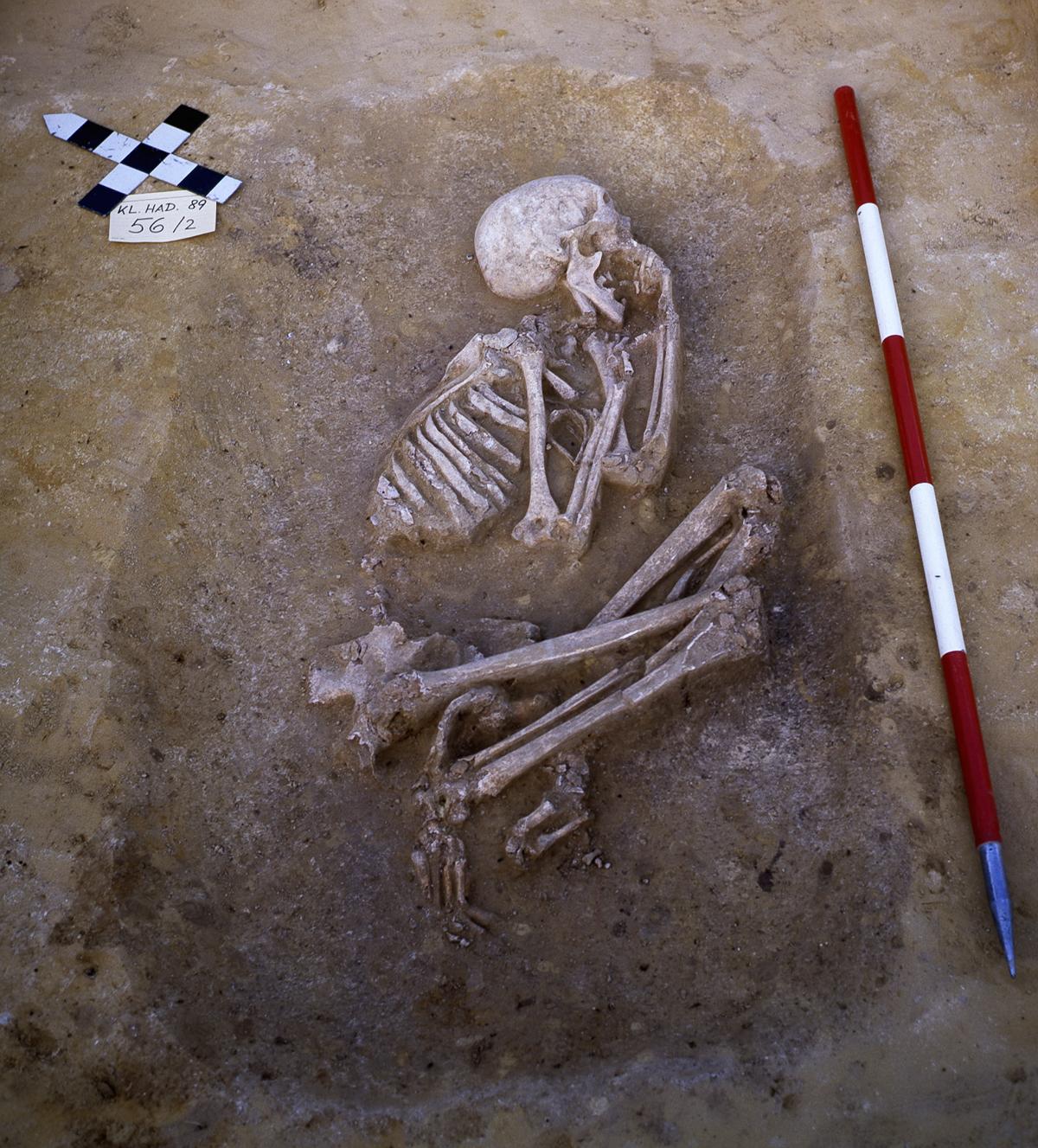Origins of world’s first farmers discovered as climate change caused two groups to mix
Scientists thought the world’s first farmers orignated from one single group in Asia , reports Aisha Rimi


The world’s first farmers represent a mixture of two hunter-gather groups who came together after major climate change 12,900 years ago, a study says.
Researchers analysed prehistoric skeletons, which showed the first farmers did not originate from one single group in Asia, as previously thought.
They actually represented a mixture of Ice-Age hunter-gather groups that spread from the Near East all the way to south-eastern Europe.
The European hunter-gatherers ended up east after the Last Glacial Maximum, a dramatic climate event where temperatures fell 20,000 years ago, where they ended up breeding with Near-Eastern hunter-gatherers.
Their descendants were the first farmers, who eventually made their way west and spread farming across Europe.
“We now find that the first farmers of Anatolia and Europe emerged from a population admixed between hunter-gatherers from Europe and the Near East,” said Nina Marchi, one of the study’s authors from the Institute of Ecology and Evolution at the University of Bern and SIB Swiss Institute of Bioinformatics.
The first signs of agriculture were found in the so-called “Fertile Crescent”, a region in the Near East where people began to settle and domesticate animals and plants around 11,000 years ago.

Around 9,000 years ago, farming spread from Asia through to Europe, starting in Greece, while farther west, such as Britain, remained unaffected for another 2,000 years.
Genetic analyses of prehistoric skeletons so far suggest that Europe’s first farmers were descended from hunter-gatherer populations in Anatolia, a large peninsula in Western Asia.
While that may well be the case, this new study shows that the Neolithic genetic origins cannot clearly be attributed to a single region.
Researchers analysed ancient fossil genomes from a range of locations, including Serbia, Austria, Germany, Greece and Anatolia. They used a technique called deep sequencing which involves sequencing the genome of each ancient human multiple times, which gave the team higher quality data.
“It is necessary to have genome data of the best possible quality so that the latest statistical genomic methods can reconstruct the subtle demographic processes of the last 30,000 years at high resolution,” said Laurent Excoffier, one of the authors of the study.
The team hopes to conduct further research into genomes from the later phases of the Neolithic and Bronze Ages to provide an increasingly detailed picture of human evolution.






Join our commenting forum
Join thought-provoking conversations, follow other Independent readers and see their replies
0Comments